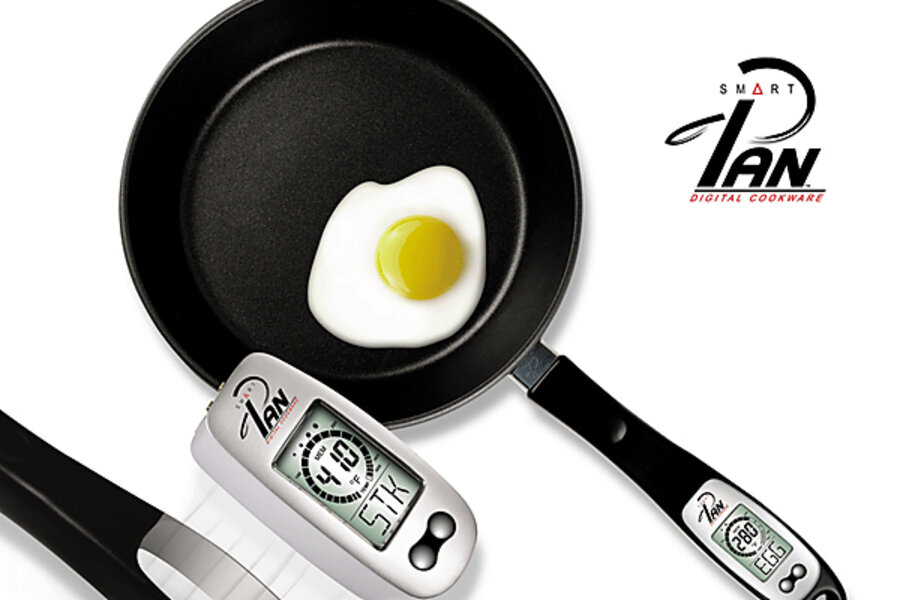When you should replace that Teflon pan?
Loading...
Recently, I took a serious look at our non-stick skillet, the one we use to cook sticky things like eggs. While it was still very usable, I found that in one place a bit of Teflon was beginning to peel away. I immediately tossed the pan into the trash.
A few weeks ago, I replaced a perfectly good filter on our car – or at least it seemed like a perfectly good filter. I looked it over, tossed it in the trash, and installed a new one.
In these two cases – and countless other similar ones – I went against what I often talk about. Instead of using some things until they’re used up, there are many things that I simply replace on a regular schedule or at the first sign of wear. There are several intertwined reasons for this.
I follow maintenance schedules on expensive things. Our automobiles are one example of this. Our hot water heater is another (I drain it every six months to help with scale buildup, as suggested in the manual). Sometimes, following the maintenance schedules mean tossing out things that seem to be completely functional. Air filters. Brake pads. Water. Fluids. They seem just fine, but often the problems are small enough that we can’t see them with the naked eye. Mineral buildup. Small cracks and structural breakdowns. Internal changes that can’t be seen on the surface.
Of course, not replacing such seemingly “good” parts might work for a while. The problem comes in the long term: if you’ve failed at your maintenance, the large item will often suffer a devastating breakdown, seriously ramping up your costs.
In other words, small maintenance costs now help prevent big repair costs later on.
I also replace things that might be harmful to myself and to others. This is where things like the Teflon pan come into consideration. While a bit of a Teflon peel might not necessarily mean immediate danger, it does mean that the bonding between the Teflon and the metal of the pan is starting to wear out. This means the Teflon will begin to come off in pieces and inevitably wind up in your food and Teflon is a toxic material.
This is the same logic by which I often replace electric devices that are shorting and so forth. Although the issue might be repairable, it’s an indication that more serious problems may be at work and those problems, if realized, pose a legitimate danger to those around me.
If I’m not absolutely sure I can repair an item in such a way that it will become completely safe for my family to use, I have no qualms about upgrading a damaged item.
Don’t get me wrong – I’m a huge advocate for reusing and recycling things. I (somewhat infamously) wear my socks until they’re falling apart. I’m constantly checking out Goodwill stores and salvaging all kinds of things.
However, I also know the limits of reuse. When reusing an item too often can result in an expensive disaster or when it might result in harm to the people I care about, I back off. In fact, I tend to use the opposite approach – I stick fiercely to maintenance schedules and the like.
For me, it’s all about value, and the best way to maximize the value of a large purchase is to maintain it. The best way to maximize the safety and health of my family is to sometimes let go and replace an item a bit earlier than I might otherwise do.
The end result? I save a lot of money and protect the things important to me at the same time.
Add/view comments on this post.
------------------------------
The Christian Science Monitor has assembled a diverse group of the best economy-related bloggers out there. Our guest bloggers are not employed or directed by the Monitor and the views expressed are the bloggers' own, as is responsibility for the content of their blogs. To contact us about a blogger, click here. To add or view a comment on a guest blog, please go to the blogger's own site by clicking on the link above.





